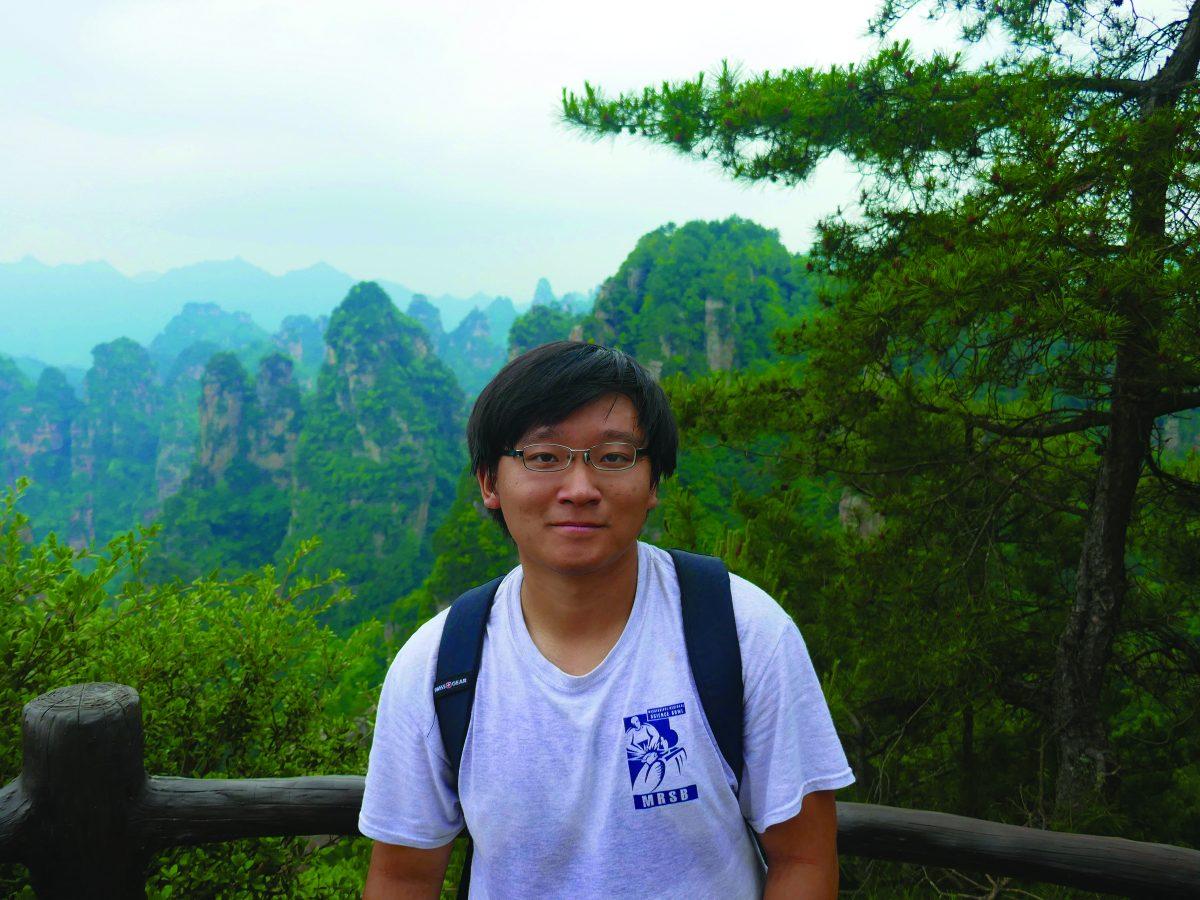Despite recent welfare reforms, a team of researchers from the Mississippi State Social Science Research Center found that welfare recipients in rural areas will most likely return to the system. Rural communities lack economic and social capabilities for long-term success, researchers say.
The national number of caseloads has decreased, said researcher Domencio Parisi, an assistant sociology professor.
“The assumption was once the client exits the system, they will not come back, but we found that is not the case,” Parisi said.
Researcher Steven Grice, a data management coordinator for the center, said they had thought welfare recipients would use welfare until they were not allowed to anymore.
“We found out that the time people stayed on is relatively short, but they had repeated spells,”
As part of welfare reforms in 1996, the federal government created Temporary Assistance for Needy Families (TANF), which moved welfare administration from the federal level to the state level.
Researchers at the center began questioning if TANF was helping clients to become independent from government assistance.
For rural areas, the researchers found that answer was no. They published their results in the journal Rural Sociology.
The study began in 2000 when the researchers made a proposal to study TANF clients especially in relation to their communities. They received approximately $248 million in grants for a 3-year study.
The researchers began with “an analysis to where clients were located and if they transitioned off welfare,” said researcher Michael Taquino, a data management coordinator for the center.
They wanted to see how the community related to TANF in rural areas, said researcher Duane Gill, a research professor for the center.
The researchers wanted to show that poverty is not just an urban problem by comparing problems of the rural poor to those of urban residents, Parisi said.
By using information from the census and welfare data, the team began examining how the community could help the needy from an economic and social perspective.
They questioned if the community could employ TANF individuals and could provide resources such as transportation and child care.
The group focused on rural areas in Mississippi because they were good test places for the rest of the nation’s rural areas, such as the Appalachian Mountains.
Once research began, they found that while many clients exited the welfare system, they often returned. The researchers attributed the returns to deficiencies in the community.
“The communities with poor economies had the largest number of families receiving TANF,” Parisi said. “The TANF participation rate was specifically higher in the Delta and if the community was disproportionately African-American.”
African-Americans are often in places with limited economic opportunities and structural limitations in public transportation and childcare, Parisi said.
In rural areas, transportation may not run during the hours that the low-income individuals may find employment, he said. Similarly, child care centers often keep limited hours which limit when an individual with children may work.
“African-Americans tend to stay (on welfare) longer. The effort for them is greater than the white population,” Grice said.
Grice explained that African-Americans have a harder time because of the communities they live in. These communities often lack the economy to support their residents.
“Without resources, they can only do so much,” Parisi said.
With the creation of TANF, the government placed more responsibility on the client. Clients are now only allowed 24 consecutive months on TANF without becoming gainfully employed. TANF also has a 60-month or five-year life-limit.
“Every time you’re on they check off your months,” Parisi said. “Shifting the structure of responsibility on the individual will only perpetuate poverty.
“If it’s not the individual’s behavior, and it is more systematic, then the question becomes ‘who is responsible?'” Parisi said.
It is the state’s responsibility to listen to clients and community members, Grice said. Needs are localized.
The researchers hope their findings will be able to help policy-makers better aid TANF.
“If you know where the clients are and social conditions, you can more effectively help them meet their needs,”Parisi explained. “I think our research is going to make a positive change.”
Parisi said the team will be traveling to Washington D.C. March 3-4. They will discuss their findings with other researchers and organizations who want to change poverty levels in America.
With their research now available, Gill said he hopes that better policies to reduce the obstacles for the individual and the state will be developed.
Researchers investigate welfare in Mississippi
Donate to The Reflector
Your donation will support the student journalists of Mississippi State University. Your contribution will allow us to purchase equipment and cover our annual website hosting costs.























































































